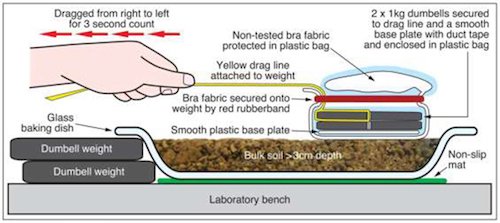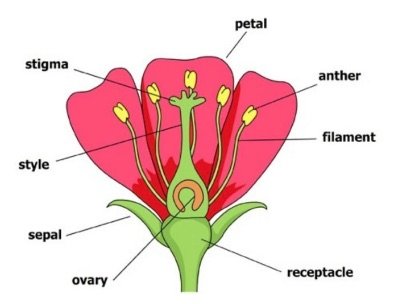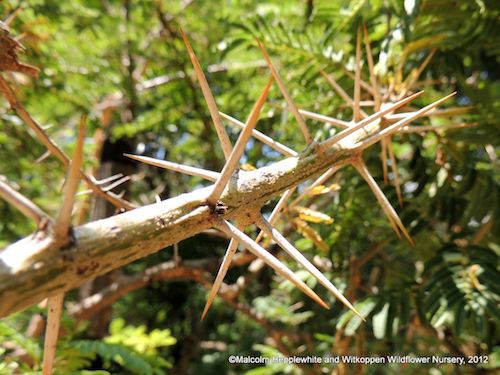I. Forensic Archaeology
Reading
Read this article and answer the questions.
Suzanne Elvidge, 9 Jan 2017 | http://www.exploreforensics.co.uk
 Forensic anthropology
Forensic anthropology
Source: Smithsonian Magazine
Archaeology and anthropology are the study of historic human remains and the objects, buildings and other artefacts associated with them. Forensic archaeologists and anthropologists can apply the same techniques to crime scenes, to get evidence from human remains, as well as from drugs, guns or stolen goods found at crime scenes, whether recent or decades old.
A forensic archaeologist's chief involvement may be to help the police locate the site where a body and victim’s personal items, or stolen goods are buried, through geological and geophysical surveying techniques, as well as using imaging and photography.
The forensic archaeologist may also help with the excavation, using similar tools and expertise to those used at an archaeological dig. This has to be done slowly and painstakingly, and the archaeologists will record and preserve anything found at every stage and depth (for example paint flakes, hair, clothing or DNA) as it may be vital evidence. The colour and state of the soil may be useful in the investigation.
Forensic archaeologists can date items found in grave sites, including bones, using a range of techniques. Carbon dating can determine whether the grave site is recent or ancient.
Forensic archaeologists may be involved in the excavation of mass graves to produce evidence for war crimes trials, or in the collecting and collating of human remains and personal effects at mass fatalities, such as bomb or gas explosions, or plane crashes.
 Using Soil Color Analysis for Forensic Application at a Crime Scene
Using Soil Color Analysis for Forensic Application at a Crime Scene
Source: Munsell Color
Evidence from forensic archaeologists about how materials degrade or decompose over time and in specific conditions is important, as this can help determine, for example, how long a body has been buried by the state of the clothes or the surrounding soil, or how long stolen goods have been buried by the subsequent damage to metal and other materials.
Forensic archaeologists may have to give evidence in court as an expert witness, and need to be able to communicate complex issues to a lay audience. They may also have to communicate with distressed and bereaved relatives.




